Description
Long Fiber and Short Fiber Woven Geotextile Specifications
Long Fiber Woven Geotextile Specifications
| Item(gsm) | 100 | 150 | 200 | 250 | 300 | 350 | 400 | 450 | 500 | 600 | 800 |
| Mass Deviation Per Unit Area(%) | -6 | -5 | -4 | ||||||||
| Thickness >(mm) | 1.2 | 2.1 | 2.5 | 2.8 | 3.1 | 3.4 | 3.8 | 4.1 | 4.4 | 5.2 | 7.5 |
| Width Deviation(%) | -0.5 | ||||||||||
| Breaking Strength(KN/m) | 7 | 10.5 | 14 | 17.5 | 21 | 24.5 | 28 | 31.5 | 35 | 42 | 55 |
| Elongation at Break(%) | 40-80 | ||||||||||
| CBR>(KN) | 1.3 | 2.1 | 2.8 | 3.4 | 4.1 | 4.7 | 5.4 | 6.0 | 6.7 | 8 | 10.5 |
| Equivalent Aperture(mm) | 0.07 – 0.2 | ||||||||||
| Vertical Permeability Coefficient | KX(10-1-10-3)K=10.-9.9 | ||||||||||
| Tearing Strength>(KN) | 0.17 | 0.28 | 0.35 | 0.42 | 0.49 | 0.56 | 0.63 | 0.70 | 0.77 | 0.91 | 1.25 |
Short Fiber Woven Geotextile Specifications
| Items(gsm) | 100 | 150 | 200 | 250 | 300 | 350 | 400 | 450 | 500 | 600 | 800 |
| Mass Deviation Per Unit Area(%) | -8 | -7 | -6 | ||||||||
| Thickness(mm) | 0.9 | 1.3 | 1.7 | 2.1 | 2.4 | 2.7 | 3.0 | 3.3 | 3.6 | 4.1 | 5.0 |
| Width Deviation(%) | -0.5 | ||||||||||
| Longitudinal and Transverse Breaking Strength ≥(KN/M) | 2.5 | 4.5 | 6.5 | 8.0 | 9.5 | 11.0 | 12.5 | 14 | 16 | 19 | 25 |
| Elongation at Break | 25 – 100 | ||||||||||
| CBR Bursting Strength ≥(KN) | 0.3 | 0.6 | 0.9 | 1.2 | 1.5 | 1.8 | 2.1 | 2.4 | 2.7 | 3.2 | 4.0 |
| Equivalent Aperture 090 (095) MM | 0.07 – 0.2 | ||||||||||
| Vertical Permeability Coefficient(cm/s) | KX(10-1-10-3)K=1.0-9.9 | ||||||||||
| Longitudinal and Transverse Tearing Strength ≥(KN/M) | 0.08 | 0.12 | 0.16 | 0.20 | 0.24 | 0.28 | 0.33 | 0.38 | 0.42 | 0.46 | 0.60 |
As an experienced woven geotextile supplier and distributor, QIVOC provides customized woven filter fabric services. Our woven geotextiles for sale are cheap and of good quality. Please contact us directly with your needs and QIVOC will provide you with cost-effective solutions.
Customized length: 50m, 100m, 150m, or any length
Customized width: 3.5m – 6m, or any length
Strength customization: 50KN – 1000KN
Color customization: black, white, green, any other color
Minimum order quantity: 1 square meter
Payment method: LC, T/T, Western Union
Supply capacity: 90,000 square meters/day
Delivery time: 7-15 days
Conventional packaging: woven geotextile rolls in woven bags or packaged as per your requirements.
Roll size: width 6.0m X length 50m-100m.
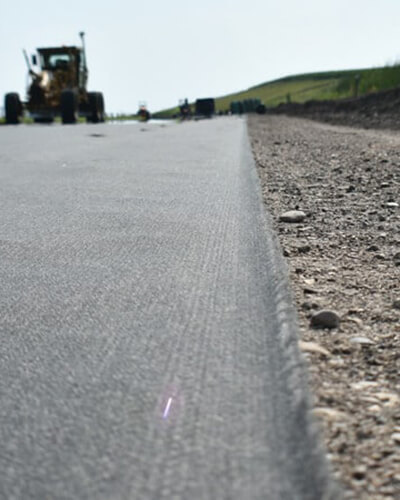
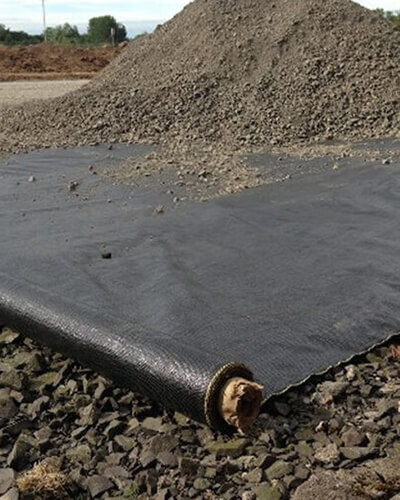
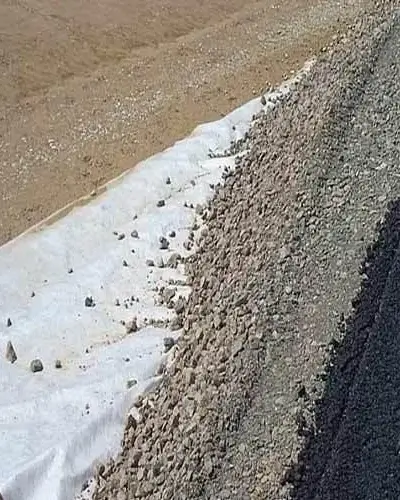
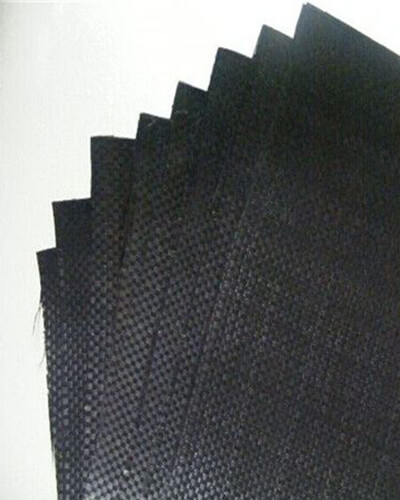
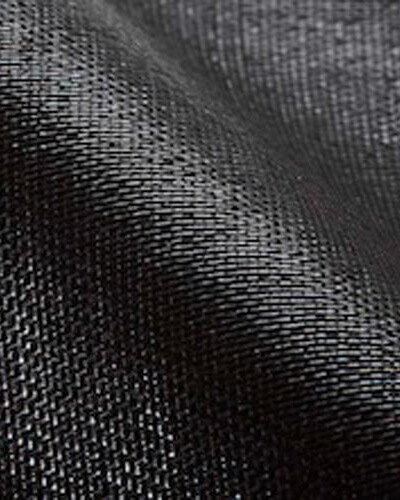
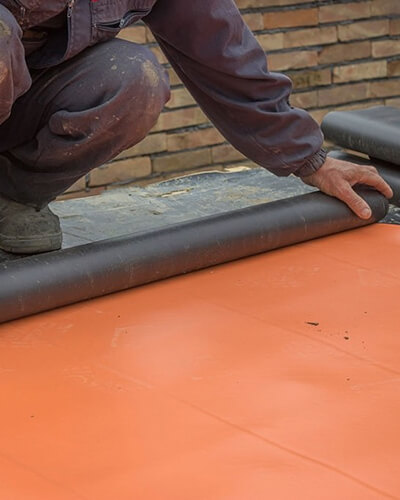
Woven Geotextile Fabric Advantages
As an woven geotextile manufacturer with 20 years of experience, we take pride in the following advantages of our products:
- Corrosion resistance: Synthetic chemical fibers generally exhibit resistance to acid, alkali, insects, and mold.
- Water permeability: Woven fabrics effectively control their structural pores, achieving a specific level of water permeability.
- Convenient storage and transportation: Lightweight and customizable packaging make transportation, storage, and construction highly convenient.
- High strength: Utilizing high-strength industrial PET, PP, and other synthetic fibers as raw materials, it possesses substantial original strength. Weaving into a regular structure further enhances its comprehensive load-bearing capacity.
- Durability: Synthetic chemical fibers resist denaturation, decomposition, and weathering, maintaining their original characteristics over an extended period.
- Easy to install: With good flexibility, it easily bends and adapts to various terrains, simplifying the installation process.
- Strong weather resistance: Maintains stability under diverse climate conditions, showing resilience to factors like ultraviolet rays and humidity.
- Wear resistance: Exhibits significant wear resistance, effectively resisting the friction and wear caused by soil particles.
Woven Geotextile Membrane Applications
Woven geotextile membranes are extensively applied in civil engineering, water conservancy projects, environmental protection initiatives, and other domains, owing to their numerous exceptional properties. Key applications encompass:
- Water conservancy projects: Used in seawalls, river embankments, bank protection projects, water diversion irrigation projects, and reservoir anti-seepage reinforcement projects. It mitigates erosion, offers slope protection, and shields embankments, slowing down the impact of water flow on soil.
- Power plant engineering: Applied in nuclear power plant foundation engineering, thermal power plant ash dam engineering, etc., to enhance the safety and stability of power plant projects.
- Airport engineering: Utilized for runway foundation reinforcement, apron foundation, and pavement structural layers, contributing to improved stability and durability of the land.
- Geotechnical engineering: Employed in road, driveway, highways, railways, tunnels, bridges, etc., to fulfill roles such as reinforcement, isolation, filtering, and protection.
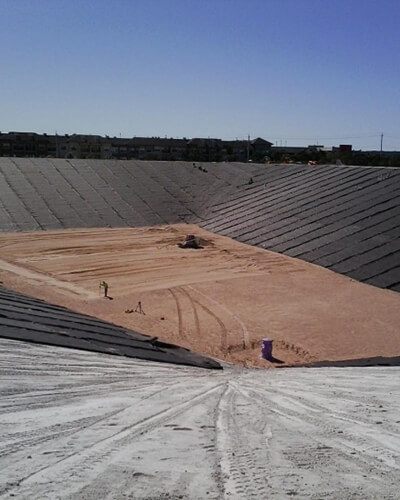
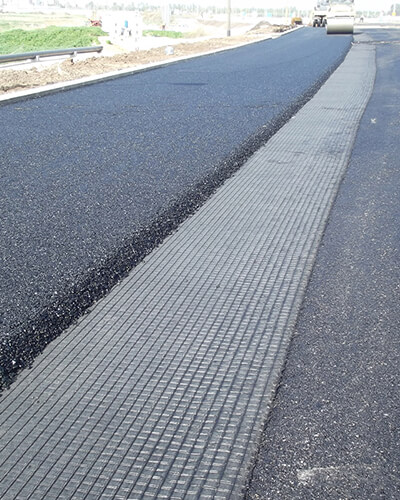
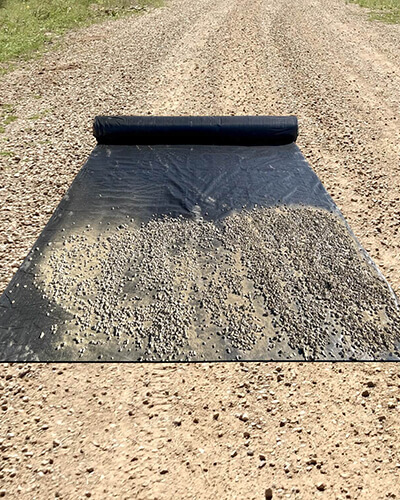
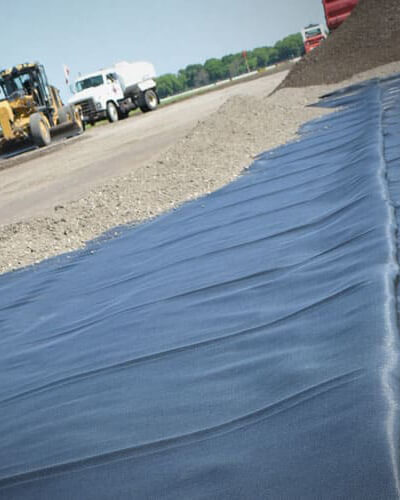
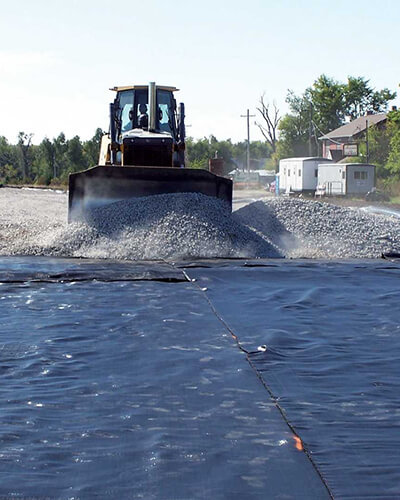
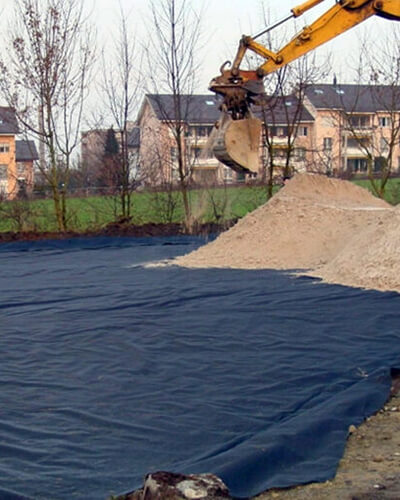
“Have a question? Click the button below to reach out to us directly for personalized support. ”
Rest assured, we’ll respond to your inquiry within 2 hours.
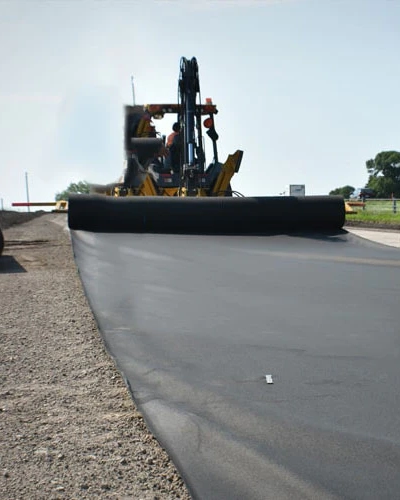
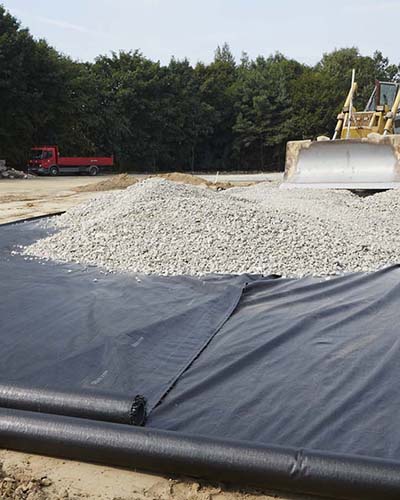
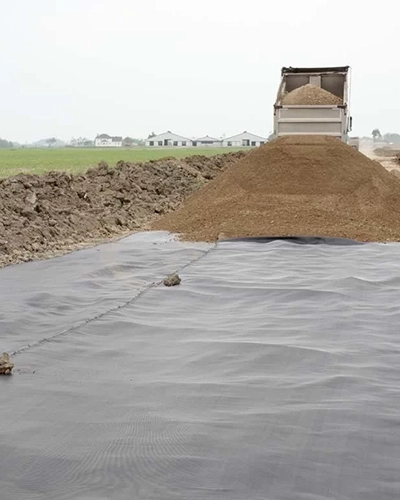
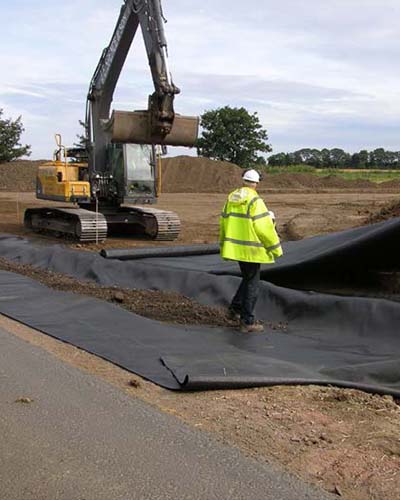
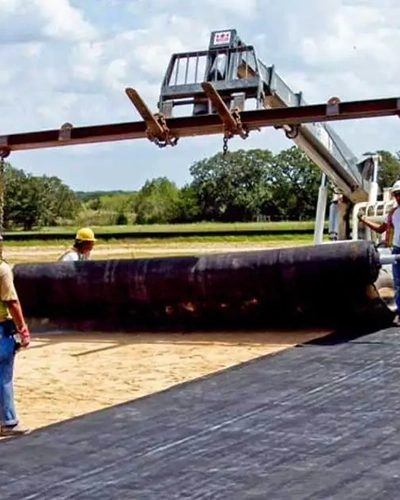
Woven Filter Fabric Installation Procedures
Using and installing the knitted geotextile is straightforward and convenient. Below is a standard construction process.
- Begin by taking precise measurements of the project area to ensure that the fabric’s coverage area and dimensions align with the project design. Adjustments can be made by cutting the fabric to a suitable size.
- Clean and level the project area thoroughly, eliminating any potholes, variations in height, weeds, gravel, sharp objects, and other obstacles.
- Unfold the woven polypropylene geotextile and lay it across the designated area, ensuring that the cloth’s edges meet the specified coverage requirements.
- Secure the geotextile in place using heavy objects, such as sandbags, to prevent any movement during subsequent construction phases.
- Implement seam treatments through methods like welding or sewing to ensure the fabric is properly joined and sealed.
- Upon completing the laying and splicing, compact the polypropylene woven geotextile appropriately to ensure full contact with the ground surface. Perform a comprehensive inspection of the entire installation area to confirm that the fabric is undamaged and hasn’t shifted.
Precautions for installation of Knitted Geotextile
While the construction of pp woven geotextile is relatively simple, attention to the following considerations is crucial during installation. Here are specific precautions for woven geo fabric installation:
- When cutting, use an appropriate knife or scissors.
- If on-site cutting is necessary, take special protective measures for surrounding materials to prevent unintended damage to the woven geofabric.
- If other materials are present on the bottom layer, take necessary precautions during woven fabric geotextile laying to prevent damage to the underlying materials. When covering the woven fabric, pay attention to protecting it from potential damage caused by other materials on the upper layer.
- During the installation of pet woven geotextile, the base layer should be treated to avoid the presence of stones, excessive dust, or moisture that could harm the woven fabric or its underside. This helps prevent damage and blockage of drainage channels or filters.
- Under normal circumstances, avoid horizontal connections on slopes, and ensure that connections do not intersect along the contour of the slope. Seams in the geo woven fabric should be made using materials that match or exceed the technical specifications of the fabric and resist chemical and ultraviolet radiation.
- Suture lines and polyethylene woven geotextile fabric should exhibit noticeable color differences to facilitate inspection.
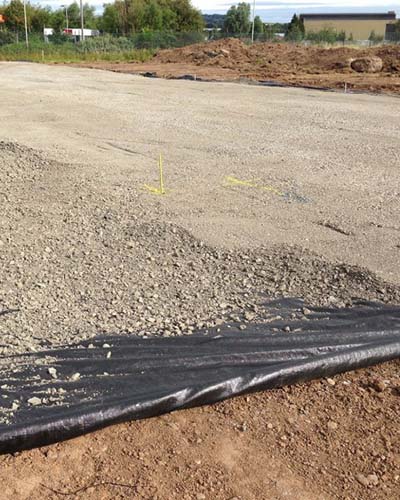
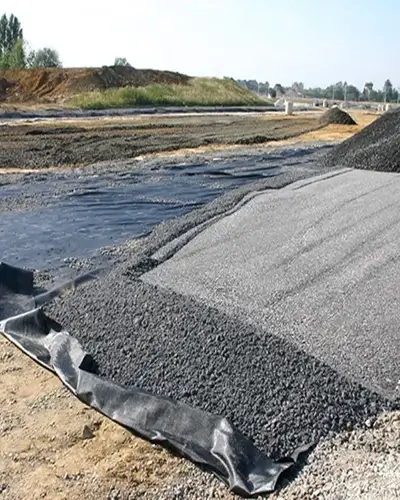
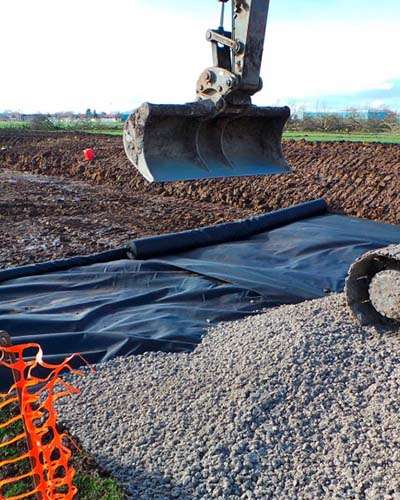
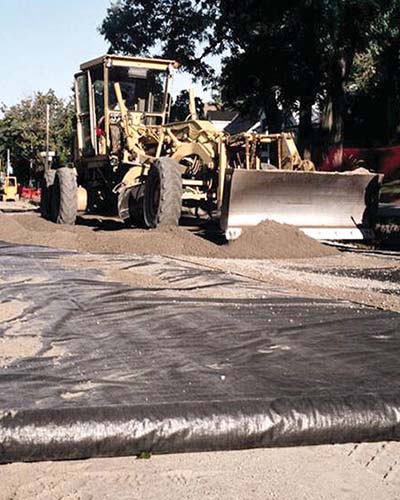
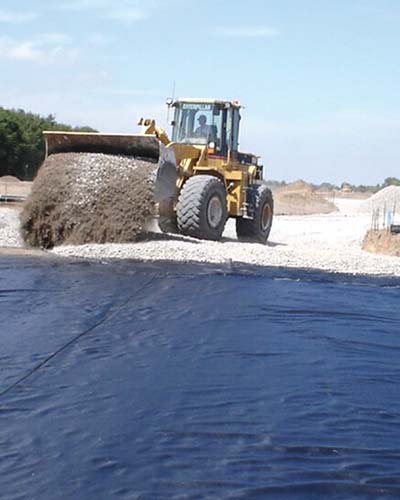
Recent Projects
Discover our recent client projects and explore the range of tailored, personalized support we provide. Share your requirements and receive the ideal solution.

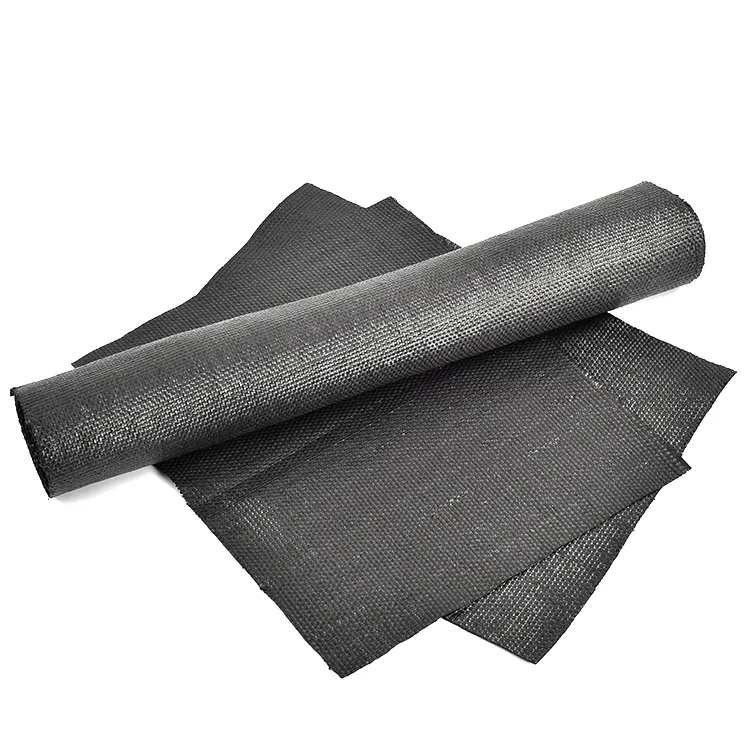
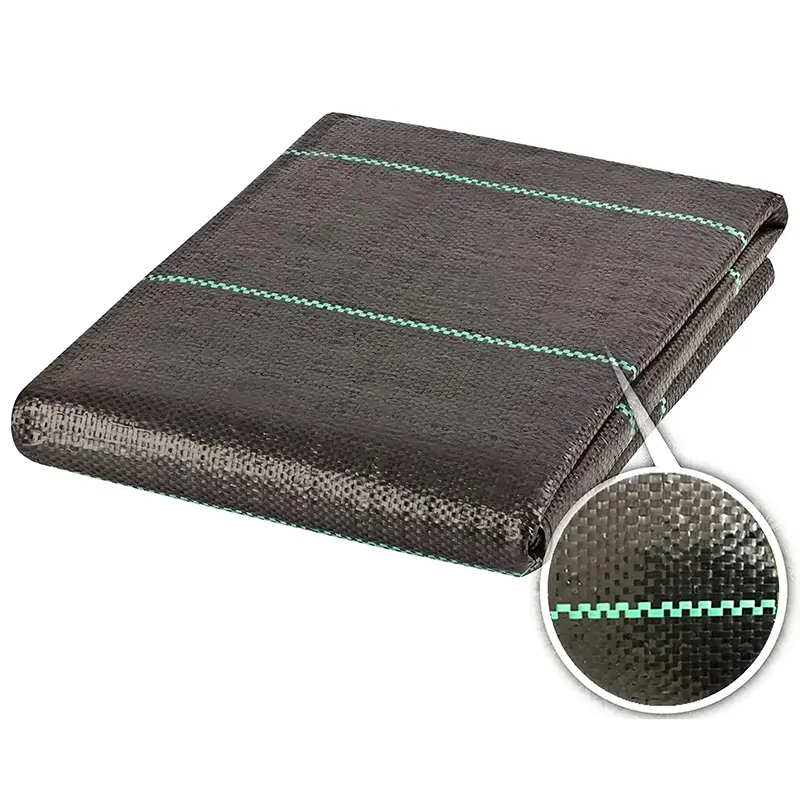
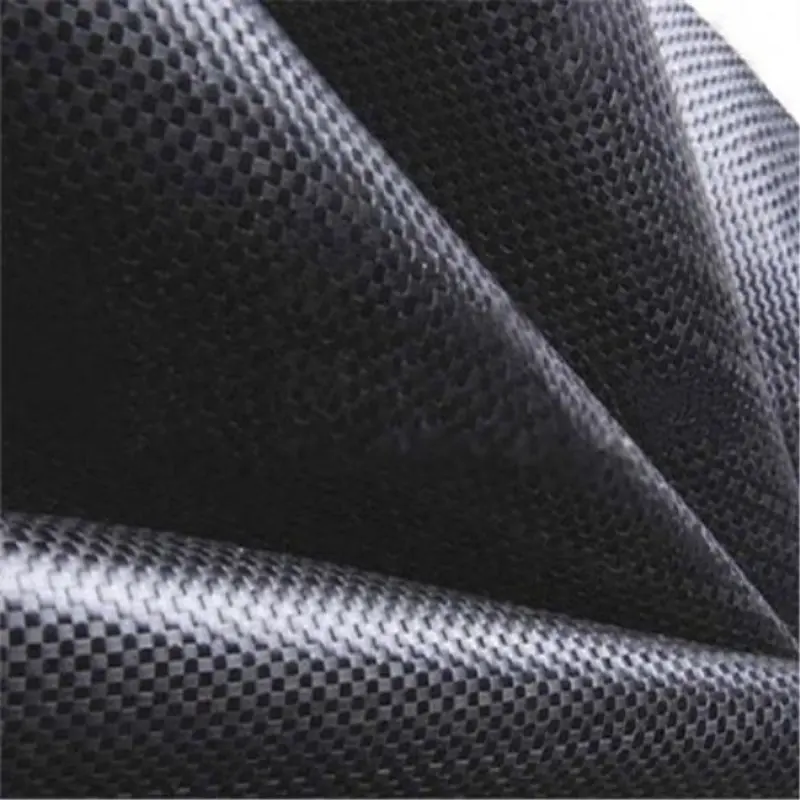
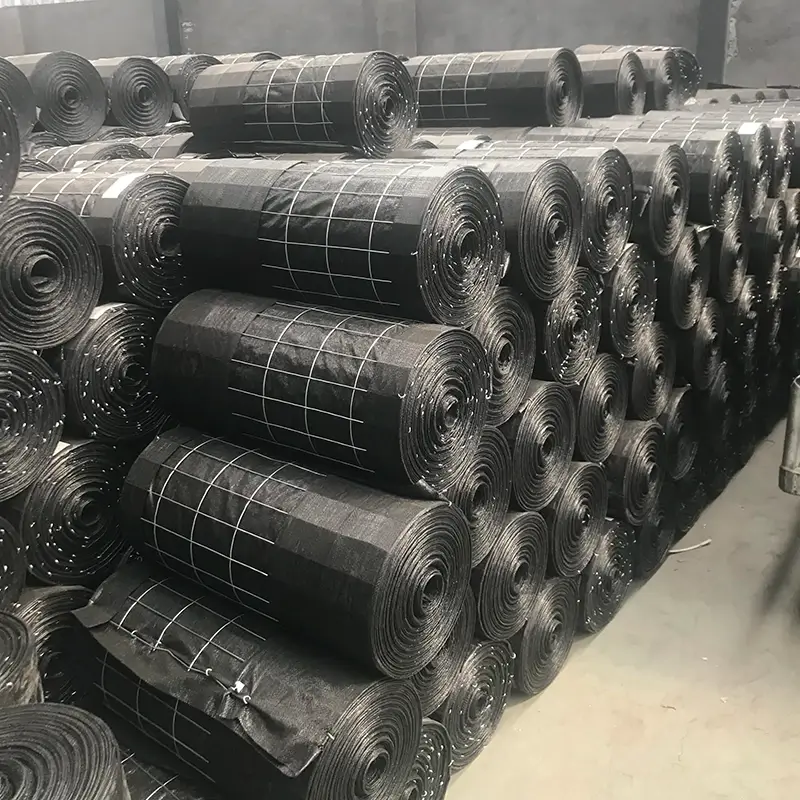
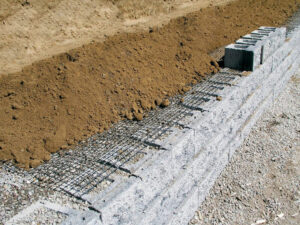
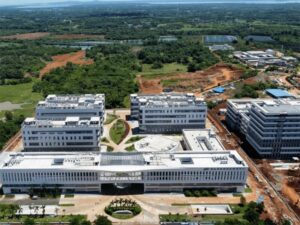
Carlos García –
Thanks for your samples. They’re of good quality, I’m happy for the samples. Look forward to order soon.